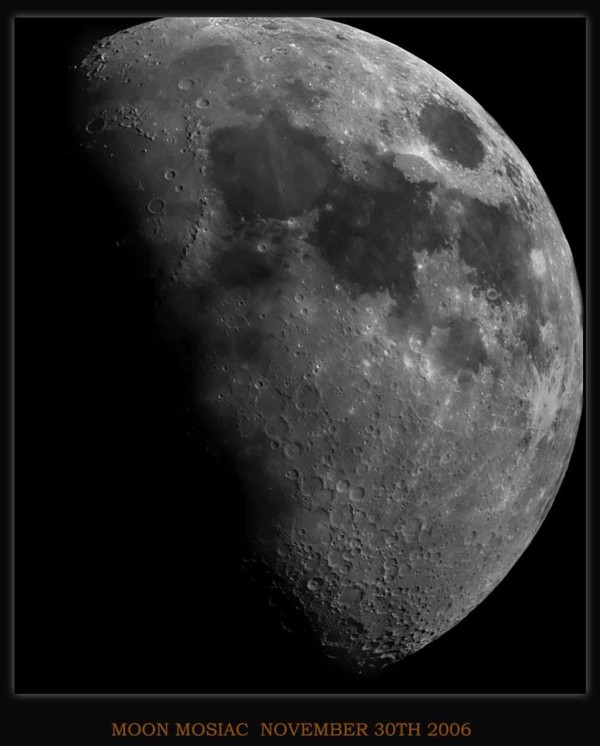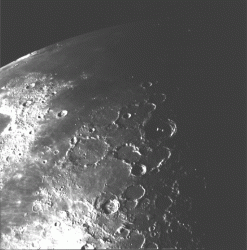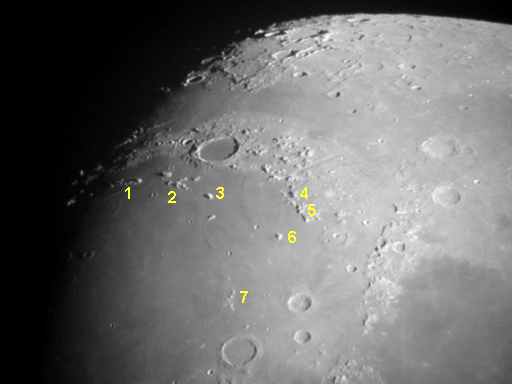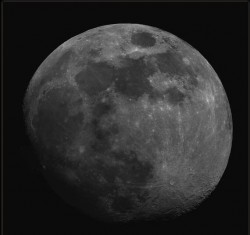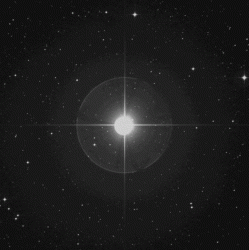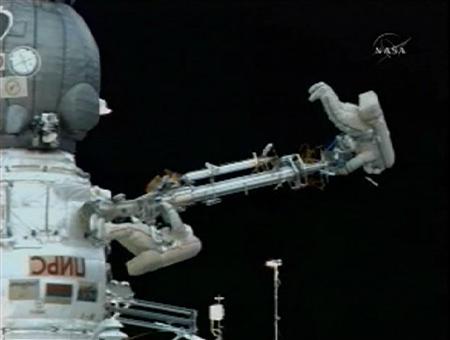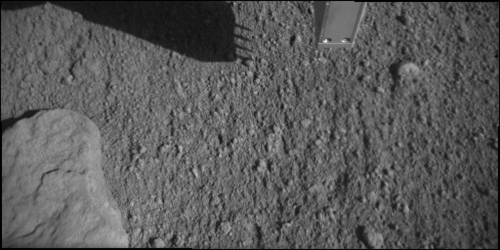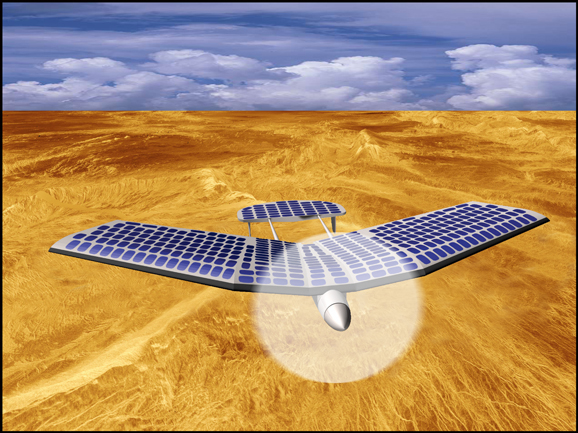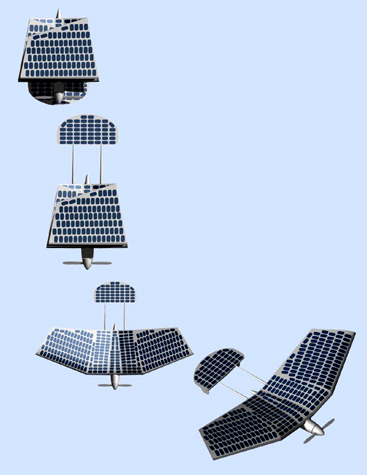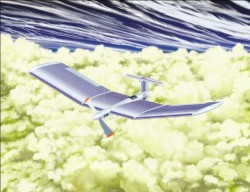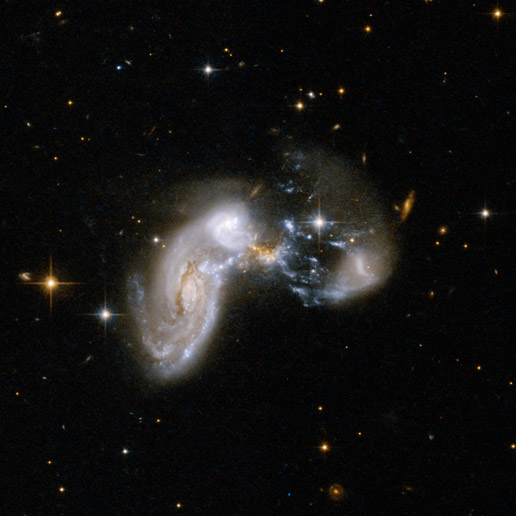The US space agency needs to have better consideration for the sexual needs of their astronauts during long missions in space. Also, more research needs to be done to investigate human embryo development in zero-gravity or low-gravity environments, especially if NASA is serious about setting up a colony on Mars in the next 30 years. These warnings have been issued by a NASA advisor at a time when the agency doesn’t have enough funds allocated for human space physiology. These concerns are by no means trivial, basic human needs and the ability to procreate beyond Earth may be critical for missions lasting years…
At a time when the question “Can we have sex in space?” is becoming more and more popular by the future space tourists hoping to become a member of the 100-mile high club, a serious issue is beginning to surface for our long-term presence in space. Humans have needs, and although the astronauts selected by NASA, ESA and the other international space agencies are highly professional individuals, Dr Jason Kring, a NASA advisor and assistant professor at Embry-Riddle Aeronautical University in Florida, has pointed out that sexual desire is as potent as the need for water and food. “But the bottom line is that, like hunger and thirst, sex is a basic biological motive,” he said in an interview with the UK’s Sunday Telegraph. “The potential round-trip mission to Mars could take three years. It doesn’t make sense to assume that these men and women are going to have no thoughts of it for three years. Nasa and other space agencies should address this in their training and in crew selection.” Kring suggests our future long-term space explorers should replicate what the early polar explorers did and take a colleague as a lover to minimize sexual frustration.
It is difficult to predict the stresses long-term missions into space and to other planets may cause, but there is a very practical reason for this worry. Heightened stress on a spaceship will create an increased risk of confrontations, lack of focus and mission failure. When considering a possible 3-year mission to Mars, mission scientists will want the crew to be as calm and stress-free as possible.
Kring adds that future manned spacecraft to the Moon and Mars should be designed to optimize the privacy of astronauts so relationships can be consummated. This basic human need was recognized by explorers here on Earth where South Pole expedition members took on “expedition spouses” as sexual partners for the duration. When the expedition was over, the explorers would return home to their families and spouses. Pairing up with a colleague therefore sidesteps the biological issues of the possibility of “going without” for months, or years at a time. There are obvious questions surrounding the psychological effect of taking on “expedition spouses” (especially the effect on the partners waiting here on Earth for the astronauts return!), but the biological question will at least have an answer.
The fact remains however, that we are naive of the effects of sex in space, let alone if it is even a pleasurable experience. The mechanics of “human docking procedures” (as described by tests carried out by the Russian space agency) are a lot more complicated when in zero gravity. NASA researchers have pointed out that additional problems include motion sickness, increased sweating and a drop in blood pressure – all of which are big problems for astronauts in space.
There are also huge ethical questions hanging over possible pregnancies in space. Zero-G tests on rat embryos produced decreased skeletal and brain development, the effects on a human embryo will remain a mystery. Also, even if astronauts are having sex for purely recreational reasons, the effectiveness of oral contraception has been brought into question, making the whole procedure highly problematic, risking accidental pregnancies (something no space agency is prepared for, especially during missions to the Moon or Mars).
The fact remains that NASA continues to cut back biological research in favor of future Moon missions, so much about human sexuality in space will remain a mystery. This point is highlighted by a NASA spokesperson who stated, “We don’t study sexuality in space.”
Source: Sunday Telegraph



